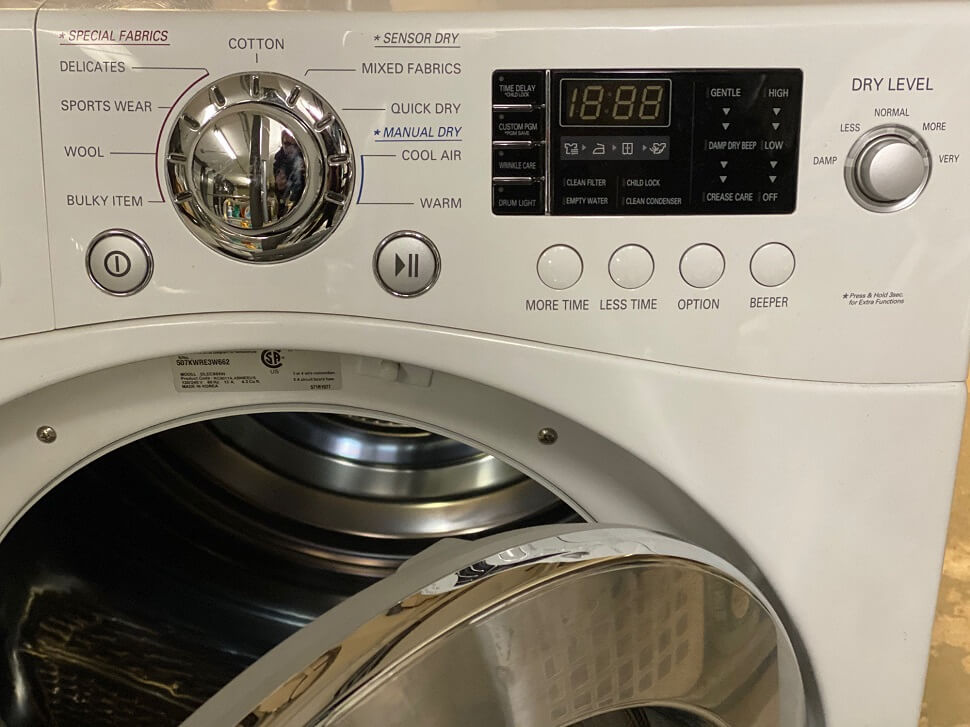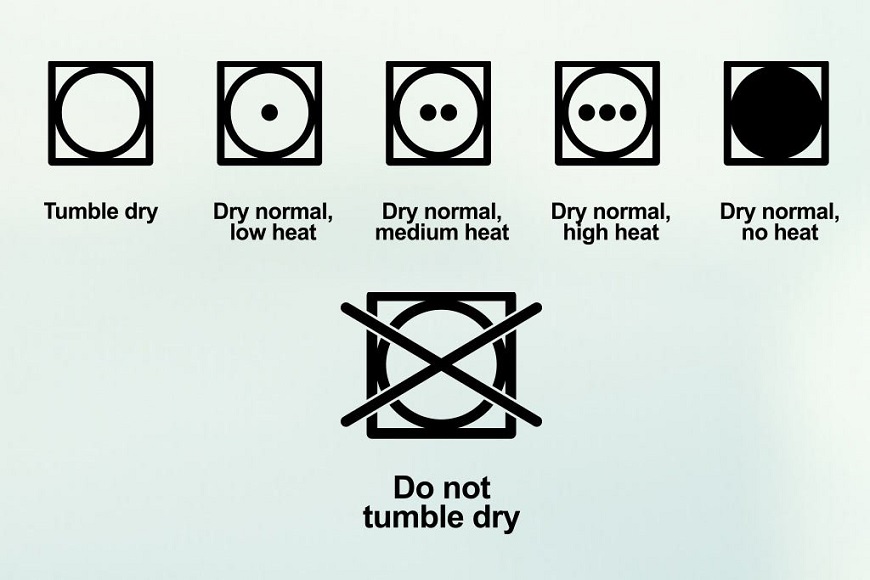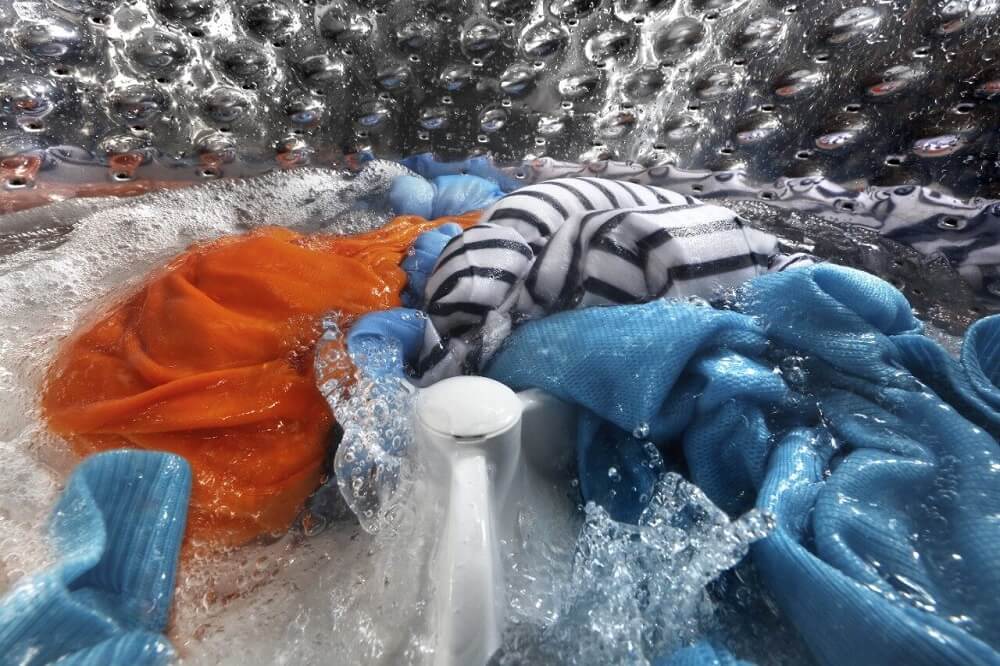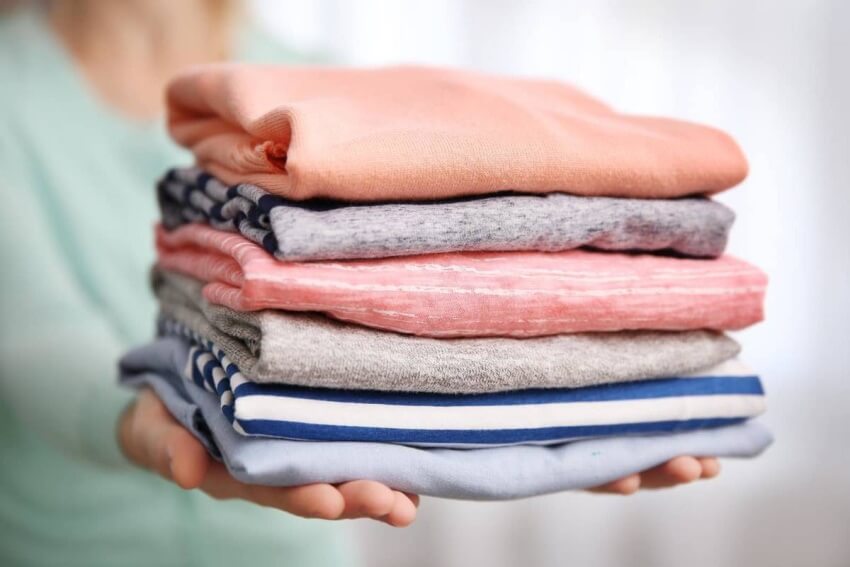Air drying can be replaced with tumble drying. When using the tumble dry setting on a dryer, you can use the convenience and speed of a dryer in place of drying items on a line or a rack. Knowing when and how to tumble dry is essential for saving time and maintaining the best look for your clothes. Wondering for tumble dry service? Go with Hello Laundry, a prominent laundry cleaning service in London that provides the best dry cleaning solution.
There are numerous scheduling, cycles, and heat options when using the tumble dry method. Continue reading to learn more about the appropriate times to tumble various dry types of fabrics and when you shouldn’t.
What are tumble dry settings most used?

Any dryer setting you can choose is considered a tumble dry setting. Most tumble dry service allows you to select a cycle with predetermined parameters, such as Normal, Delicate, Heavy Duty, or Quick Dry, as well as a time, heat setting, and dryness setting.
When drying instructions say to “dry tumble low,” they mean low heat. For additional information on the settings for tumble drying, see below.
What is tumble dry medium?
On drying instructions, the phrase “tumble dry medium” means machine drying the item at medium heat, typically 135 degrees Fahrenheit. For permanent press or crease-prone textiles, such as professional attire made of synthetic fibres like polyester and nylon, medium heat is recommended.
Moderate heat can also help prevent shrinkage in lightweight cotton clothing like t-shirts. As per tumble dry service compared to high heat, medium heat will dry fabrics more slowly and gently, delaying the formation of wrinkles while safeguarding synthetic fibres from high heat’s ripple-prone effects.
Choose a Medium Heat For Clothes Like These:
- Button-up work shirts
- Trousers or slacks
- Light cotton items like t-shirts
Also Read: Laundry Stripping: Extra Clean Clothes Guide
What does tumble dry low mean?

To dry your garment in the dryer on a low heat setting, use the command “tumble dry low.” Normal low heat is 125 degrees Fahrenheit. It is made for delicate products like knitwear, sheer fabrics, athletic gear made of lycra, spandex, and high-performance fabrics. According to the laundry cleaning service, low heat helps avoid the fraying, fading, wrinkling, stretching, and warping of heat-sensitive materials.
Choose a low-heat setting for clothes like these:
- Knit sweaters
- Clothing with sheer fabric
- Embellished fabrics
- Lingerie
- Workout clothes
- Winter coats and jacket shells
What does tumble dry no heat mean?
To dry your garment in the dryer on a low heat setting, use the command “tumble dry low.” Normal low heat is 125 degrees Fahrenheit. It is made for delicate products like knitwear, sheer fabrics, athletic gear made of lycra, spandex, and high-performance fabrics. Low heat helps avoid the fraying, fading, wrinkling, stretching, and warping of heat-sensitive materials.
Choose a no-heat setting in these scenarios:
- Drying highly delicate, wrinkle-resistant clothing
- Fluffing blankets and pillows
- Winter coat fluff
- Cleaning clothing with hair, dust, or other dirt on it
Match The Cycle Of Your Dryer and Washer:

If your dryer has a delicate, bulky, or permanent press cycle, use it if it is accessible. Drying with low or medium heat is probably best if you wash in cold water. In the same way, if your item can withstand the high heat in the washer, it should be able to do so in the dryer.
Also Read: How To Make Laundry Day More Energy Efficient
Can I tumble-dry any clothing?
No. Some fabrics can’t stand up to a dryer’s heat or motion. These objects can dry by being hung or by being placed flat.
Any clothing made of wool, cashmere, silk, lace, leather, or suede should normally not be dried in the dryer. Anything marked “dry clean only” should, of course, be brought to a professional cleaner.
Conclusion:
Even with minimal heat, it is best to avoid tumble drying if the label on your garment warns against it. The tumbling motion may cause wrinkles that are difficult to remove without heat.
After washing, tumble drying without heat may also result in shrinkage. Try shaking the items out or adding fabric softener to the next load of laundry if your clothes are still stiff after air drying. On a windy day, line drying the fabric will also allow it to move without being harmed, reducing stiffness.

